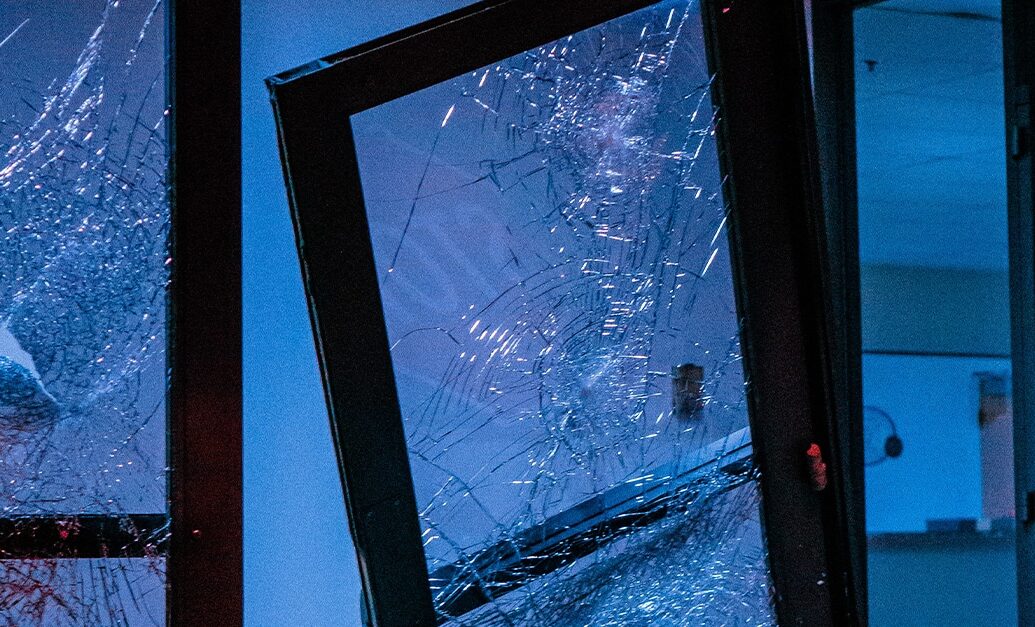Taking Sides: Securing Executives and Operations Amid Unrest

The tempo of protective security concerns since the 2020 election have been relentless. Threats have been non-stop since the 2020 election, followed by the January 6th storming of the U.S. Capitol, the D.C. bomber on the run, compounded by protests related to the pandemic, social justice issues and economic unrest. The leaked Supreme Court memo and upcoming decision on Roe v. Wade seems to be adding gasoline to the fire. There is no doubt that the U.S. Supreme Court police, U.S. Marshals and the FBI are taking threats to public officials seriously while simultaneously managing the situation behind the scenes.
For a protector in the corporate security space, watching these events can be particularly unsettling. Today, companies are under tremendous pressure from shareholders, board members, the media and the public to take a stance on political, social and economic issues while still facing enormous scrutiny and potential threats regardless of the choices they make. In the case of abortion, even companies that choose not to take a stand in public may be drawn into the fray since their inaction can be construed as taking a side. As our 2022 State of Protective Intelligence Report showed, security professionals believe the threat will persist whether the company takes a stand or stays silent.
What should corporate protectors be thinking about in light of our current domestic protests and threats of violence? Now is the time to review emergency action plans, baseline threat assessments and communication protocols to keep information flowing amongst teams. Be sure to review any changes that your protectees and company have made since the beginning of the pandemic, especially in light of work from home arrangements. The separation between the office and home have become blurred and threats can easily be moved from the workplace to the home and vice versa. It’s also important to be looking for adverse intelligence so your team is not blind-sided. As I’ve said for years, you can’t find surveillance unless you are looking for it. As the pandemic continues to remind us, worst case scenarios can and do happen, and sometimes they’re even more probable than we’d like to believe.
Protecting executives and companies in this environment will take flexibility and adaptable processes. For protection professionals, agility will always be one of our most powerful strengths. Threats will continue to pour in, but with consistent security programs in place to capture, assess and monitor adverse intelligence – combined with workflows to manage and triage those threats – the threat landscape becomes much more manageable. In many ways, the challenges can also provide opportunities to showcase how the security team is taking action to keep personnel, property and operations safe, providing value to the C-suite.
As a student of history, perspective is important in that our country has been here before. I would argue the domestic violence that occurred in the 1960’s and 1970’s – when assassinations and bombings of government institutions, college campuses and corporate HQS were the norm – were much more dangerous. We haven’t reached that level of violence on the streets of America today, nor do I believe we will. Even if the situation hasn’t reached historically critical levels, security teams still need to be on guard because some threats can still be credible and very dangerous.
On a positive note, even though the threat is elevated and pervasive, corporations have never been in a better position to monitor the current threat landscape using technology solutions. At the tactical level, real-time threat detection, alerts, notifications, license plate readers and integrated platforms provide efficient tools to collect, collaborate and instantaneously share intelligence across many different teams.
I’ve also seen a tremendous up-tick in the hiring of protective intelligence and strategic analysts that the C-Suite relies upon to make sense of our complex world. Companies want to know the downstream ramifications of the current threats and how they might impact the business. As someone who spent years in this space, this is a positive step. All multinational companies today need both strategic and tactical analytical capabilities, or assistance from strong third-party providers, to manage a full spectrum of risks.
We have been here before, but today, we’re in a much better position to counter these threats and keep our people and operations safe.
Want to learn more on how you can protect your business and remain resilient? Watch our on-demand webinar ‘What Security Teams Need to Know About Business Continuity and Resilience’ here.




